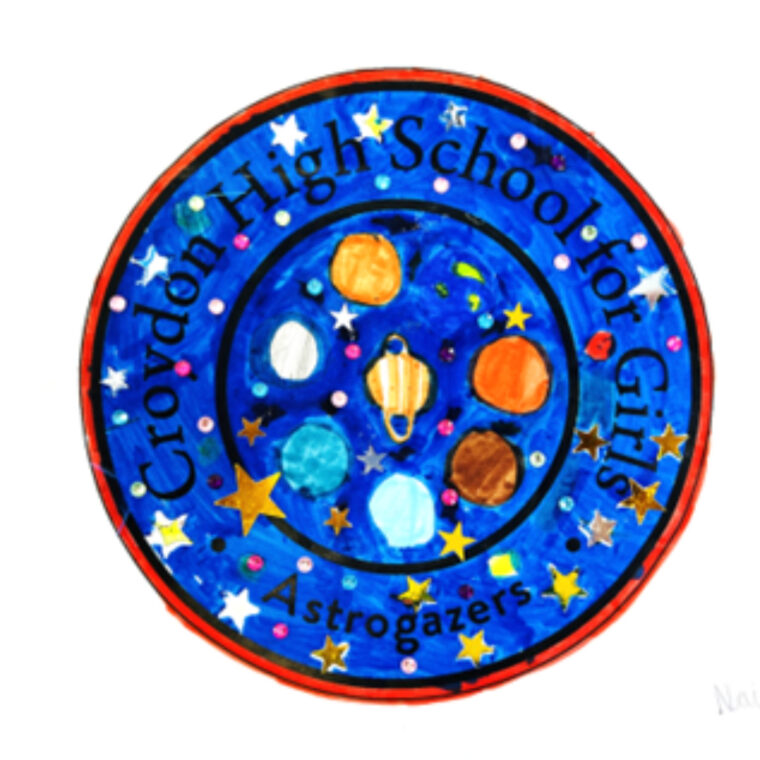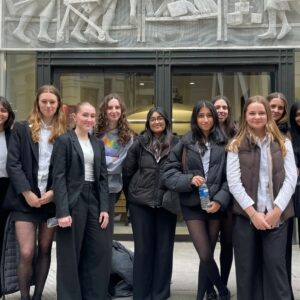News & Events
Astrogazers: Mission 1 report and Mission Aspiration
July 11, 2023

Astrogazers weather balloon mission started over a year ago, with the aim of reaching the edge of space and gathering experimental data. With hard-work, dedication, commitment, and perseverance, Astrogazers overcame numerous obstacles and challenges to secure the launch date on Friday 30 June. We are incredibly grateful to Professor Mitchell and Dr Watson for supporting Astrogazers in this mission. Despite Launch 1 being unsuccessful, Astrogazers spirits weren’t dampened but instead, more invigorated with a drive for success!
Launch 1 reflections
Astrogazers had anticipated a several problems from filling up the weather balloon with helium to retrieving the payload stuck in a tree! We had found ways to mitigate the anticipated problems too. It didn’t take long for everyone to start problem solving and identifying what caused the balloon to detach from the parachute and payload. What the Bath team and Astrogazers hadn’t anticipated was the effects of the strong gusts from different directions; this caused the twisting of the release cord and parachute cord resulting in a friction burn.
Lessons learned
- Logistics: we reviewed each and every team’s input on the day and had an honest reflection of what went well and what we could have done better. We found ways to improve the launch process to maximise our success.
- Failure leads to success: The weather balloon launch depends on many variables to have a successful launch. This is no different to the variables that affect space agencies around the world launching rockets. It is important to learn from failures and prevent them in future launches. The data analysis from rocket launch failure informs future launches, this is exactly what Astrogazers have done. The data extracted from the data logger has been fascinating to analyse and we can’t wait to compare this with the data with the from Mission Aspiration.
- Ascent rate: The data analysis from Launch 1 showed a huge disparity between the measured wind speed on the anemometer and the data logger speed measurements on the payload. This has changed our approach to predicting the trajectory of the payload. We will now make flight trajectory predictions for different ascent rates from the lower and upper bound of the desired wind speed to see the effects on the payload landing location.
- Wind speed goldilocks zone: The wind speed can’t be too low, or it could land in the sea or Europe (it could go as far as Russia!). The wind speed can’t be too high, or the cords can snap. The gusts can’t be too high, or it will pose difficulty in inflating the weather balloon and cause friction burn in the cords. The wind speed and gusts must be just right! Ideally the wind speed should be 5m/s 5m/s and the gusts can’t exceed 18mph.
- Knots and more knots: Tying as many knots as possible is key to prevent the cord from breaking. With further research, we found that the type of knot is also important too.
- Engineering is all about testing, failing, learning, and rebuilding.
Astrogazers experience
All the Bath staff were impressed with the girls how they successfully put the payload together with the parachute. It was amazing how year 5s Arya P and Ava P stepped up in unimaginable ways to make the attachment process a success.
Astrogazers also impressed the University of Bath team with their level of professionalism while reflecting on the launch process, problem-solving skills and engineering minds. Professor Mitchell said Arya P in Year 5 was a budding Astrophysicist and she was impressed with everyone’s inquisitive questions. The girls were inspired after the Q&A session with Professor Mitchell and Dr Watson.
Mission Aspiration
Ms Davies has named Astrogazers second weather balloon launch, ‘Mission Aspiration’. Mission Aspiration is set to take place in the launch window starting from 4 September to 24 September. Mission Aspiration will launch 2 weather balloons to maximise the chances of success.
Watch this space! Follow us on Instagram and YouTube to get all the updates on our launch.
Mrs Karteepan
Head of Physics
Director of Astrogazers
More news
Sixth Form
Lower Sixth GDST Lead Programme 2024
Junior School
Year 5 Wearable Tech Challenge 2024
Junior School



